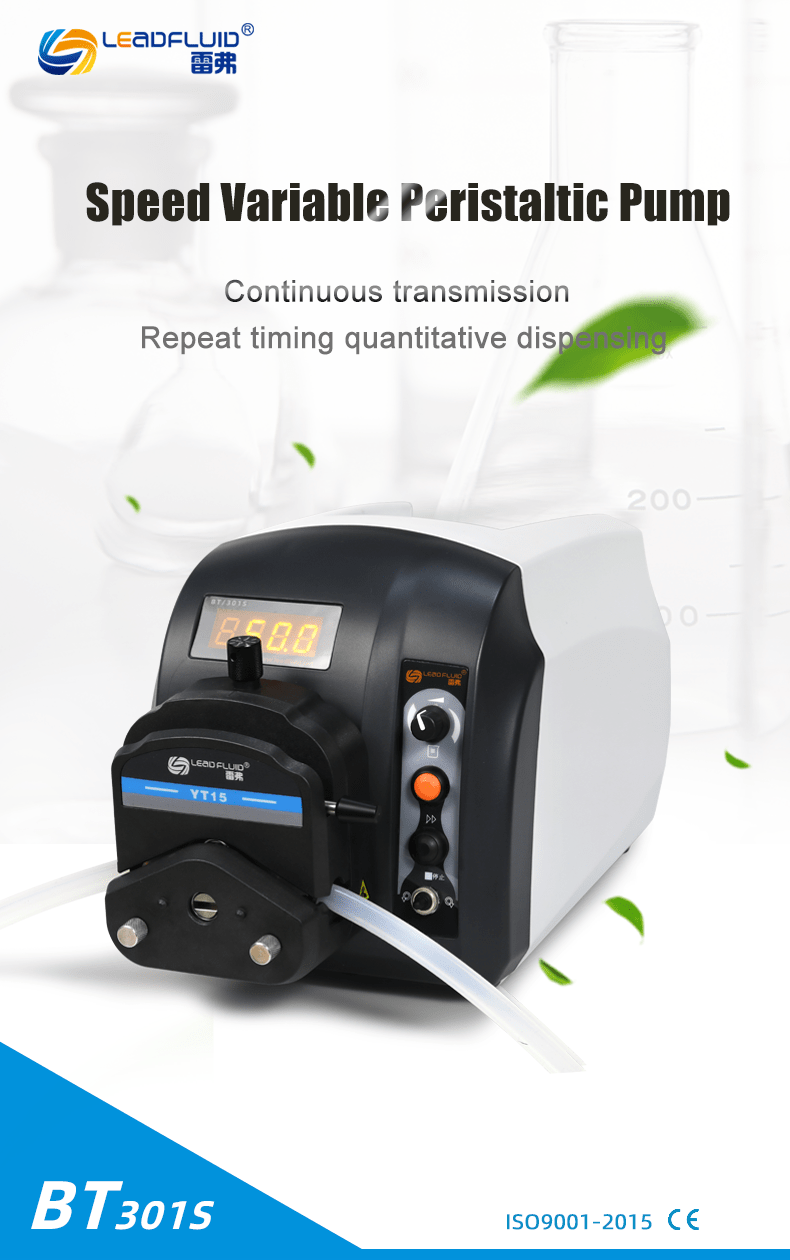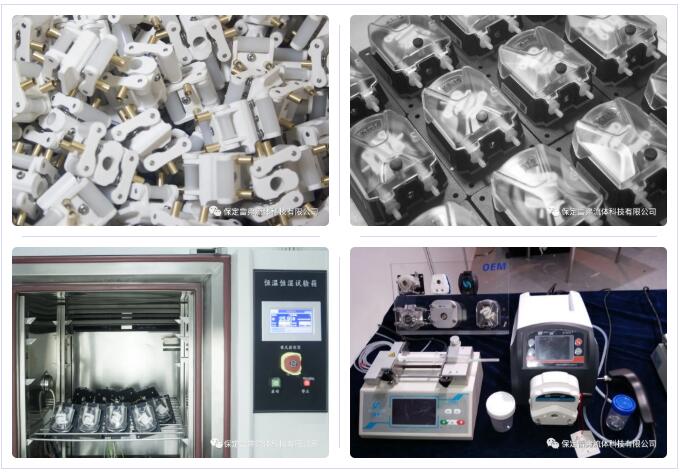Frequently Asked Questions About Peristaltic Pumps
1.Is a peristaltic pump a positive displacement pump?
Yes. The flow of water is proportional to the speed of the rollers within the max capability of the drive.
2. Can a peristaltic pump run idle and dry?
Yes. The principle of the peristaltic pump determines that this pump can run idly and dry, and can pump gas, liquid, and gas-liquid mixture.
3. Is a peristaltic pump a self-priming pump?
Yes. It can generate a vacuum in excess of 26 inches of mercury, 660 mm of mercury.
4. Are peristaltic pumps non-siphonic?
Yes. There is always a roller pressing through the pump tube at all times to lock it, so no backflow can occur.
5. Can I pump viscosity fluids or abrasive solutions?
Can. However, the pumpable viscosity and upper limit of particle size are related to the inner diameter of the pump tube used.
6. Can a peristaltic pump pump in reverse?
Yes, peristaltic pumps can work in both forward and reverse directions
7. How much pressure can a peristaltic pump reach?
The pressure that the peristaltic pump can reach is generally not very high, generally not more than 0.2Mpa, which belongs to the low-pressure pump type. Sometimes the peristaltic pump needs to reach a higher pressure, which requires a thicker hose, or a more pressure-resistant material, and at the same time, the rigidity of the peristaltic pump must be strengthened. By these means, the pressure of the peristaltic pump can be increased to 0.7 -1.0Mpa.
8. What is the max suction lift height?
The large suction lift can reach 8.8m water column.
9. Do peristaltic pumps have more pump heads and different diameter hoses?
Yes, in order to better meet the fluid delivery and improve efficiency and economy, there are different drivers, pump heads and hoses for selection.
10. Need a check valve?
Unnecessary. The company’s unique pump body check valve functional structure eliminates this need.
11. Can one drive drive multiple pump heads simultaneously?
Yes, several pump heads can be mounted on the drive shaft of the same drive on one drive. The speed and flow of these pump heads are varied simultaneously with adjustment.

